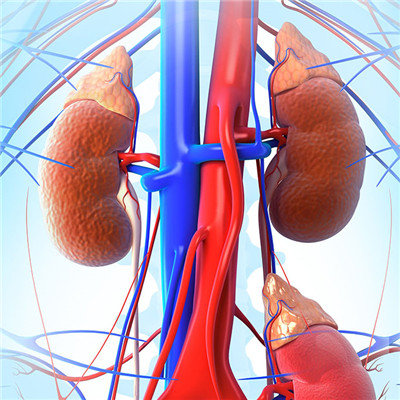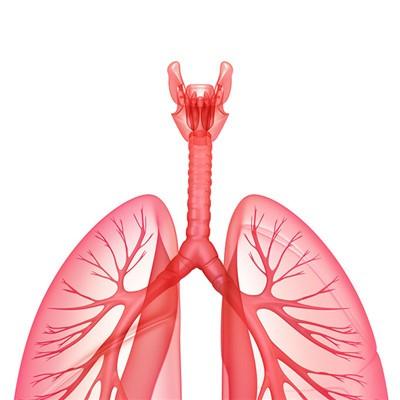What is mammography?
summary
What is mammography? Mammography is the first choice and the most simple and reliable noninvasive detection method for the diagnosis of breast diseases. It is relatively less painful, simple and easy to operate, with high resolution and good repeatability. The retained images can be compared before and after, and are not limited by age and body shape. At present, it has been used as a routine examination.
What is mammography?
Its characteristic is that it can detect breast masses that can't be touched by doctors, especially for large breasts and fat breasts. Its diagnosability can be as high as 95%. For t0 stage breast cancer with a little microcalcification as the only manifestation (negative clinical palpation), it can be detected and diagnosed early only by soft X-ray examination. The diagnostic sensitivity of breast cancer is 82% - 89%, The specificity was 87% - 94%.
Mammography has the advantages of clear image and appropriate contrast. It can clearly show the nodular lesions less than 1cm in the breast, and can accurately identify and locate. Mammography can often detect nodules that cannot be touched by doctors, that is, the so-called "occult breast cancer" and very early carcinoma in situ. The radiation dose was also reduced to less than 0.003 Gy per person (four persons on both sides) without any harm to human body.
Even if the clinical diagnosis of breast cancer has been very clear, mammography should still be carried out, because mammography can help to determine the location of the tumor, the extent of tumor invasion, whether there are multiple cancer foci and the contralateral breast, the above information is very important for the correct formulation of treatment plan.
matters needing attention
At the same time, mammography also has the following unique values: 1. It can be used as a relatively noninvasive examination method, which can more comprehensively and correctly reflect the gross anatomical structure of the whole breast; 2. X-ray examination can be used to observe the influence of various physiological factors (such as menstrual cycle, pregnancy, lactation, menstruation and endocrine changes) on the structure of breast, and dynamic observation can be made; 3. It can be used to distinguish benign and malignant breast lesions; 4. According to X-ray examination, some precancerous lesions can be found, and follow-up film can be taken for observation; 5. For breast cancer patients after radiotherapy, chemotherapy lesions were followed up to observe the curative effect, and regular monitoring of the contralateral breast.
















